The rest of the house consists of a long, open room with a kitchen at one end, a living room area at the other, and a dining table inbetween. Along one side of this room runs a hallway connecting the living/dining/kitchen area with the bathroom, entryway, and back room which we have elsewhere described.
Also extending from the hallway is a staircase leading up to the three main bedrooms, one of which, of course, belonged to the Princess in former times, though has since taken on the character of a storage facility for her mother’s and younger sister’s substantial clothing collection. Her sister, though married and moved out, still resides in Hiroshima with her husband. Between Naoko-San and her two daughters, there was, and still is, a lot of shopping happening in the Yamada Family.
Within the mall, all is a flood of noise and shoppers. I notice that the “Irashyaimase” which shop keepers call out to their potential customers, and sometimes also random passersby when business is slow, has repositioned itself in the nose. In Kyoto it sounds as a soft greeting; in Hiroshima as more of a mild whine.
We even see a poster which I can only conjecture is announcing the grand prize winner of the “Worst Band Name Ever” competition.
We eventually wend our way to a donut joint to which Naoko takes The Princess as a tradition each time she returns.
Though there are many insanely over-sugared specimens awaiting my selection, I settle on an old fashioned donut, and we take our seat.
During our meal, an obachan stacking plastic cups accidentally knocks a stack of them onto the floor. They clatter loudly and scatter across the cafeteria. I immediately arise and assist her in retrieving the fugitive drinking vessels. The Princess and a few others join in, and we soon have the situation under control.
However, the embarrassment which the obachan felt during all this, having essentially disturbed numerous customers by failing to do her job properly, is too much for her to bear. She quickly stacks the remaining cups, and makes a beeline for the door, her face beet red.
Japanese society places a lot of pressure on people to fit in and be perfect, far more so than in the U.S. It is possible that my efforts to help her only increased her embarrassment by drawing more attention to her mistake. Perhaps it would have been more appropriate to have simply pretended like it never happened, but I’m not really sure. In foreign places, courtesy can take unexpected forms.
One downside to Japanese products, I have come to notice, is the insane amount of completely unnecessary packaging attending every item. Portions are small, and almost always individually wrapped. In a country as physically small as Japan, and with a population density so high, I cannot help but imagine that garbage must be a very serious problem here.
Japanese culture features a huge reverence for the earth, and yet certain practices such as this seem to exist in irreconcilable and inexplicable conflict. Of course, coming from Portland, one of the few cities in America to have banned the use of plastic bags at grocery stores, my guess is that the U.S. in general is probably drifting through the same treacherous shoals.
With dinner devoured, we migrate to the kotatsu to relax and drink tea.
The Yamada Family home, I learn, has an unfortunate propensity to leave the T.V. on most of the time, however since I can’t understand much of what passes across its screen, it is fairly easy to ignore.
Most everyone else is ignoring it already anyway, as we all have too much to talk about to waste time on cable access. It’s mostly just on to add background noise, I guess.
For those of you not yet in the know, the kotatsu is quite possibly the most glorious piece of home furniture ever devised. You may find yourself thinking, “A coffee table with a blanket attached, so what?!” But oh no no no–do not be deceived by mere appearances, my poor, blind, kotatsu-less friend.
True enough, this low sitting table does somewhat rival the coffee table in its proportions, however size is where the comparison ends. The top of the kotatsu merely sits upon the frame, allowing a “futon,” or thick comforter blanket, to be employed as a sumptuous addition to its cozy design.
Yet even more important than that what goes atop the kotatsu is that which is equipped underneath! Built into the underside of the tabletop lays ensconced a heating device which glows with warmth.
Since all this heat remains trapped beneath the futon, the effect is heaven on earth. The experience of sipping tea wrapped in the warmth of a kotatsu, surrounded all the while by friends and family, is an experience warm in every way. Words cannot describe it.
We eat delicious morsels depicting the zodiac of the new year, this time the Horse, and sip tea late into the evening. Hisako’s parents are wonderful people, and I am deeply grateful for this opportunity to meet them.

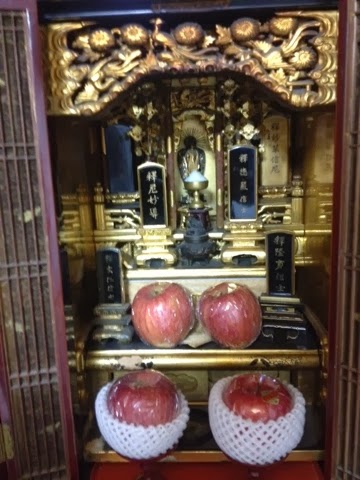
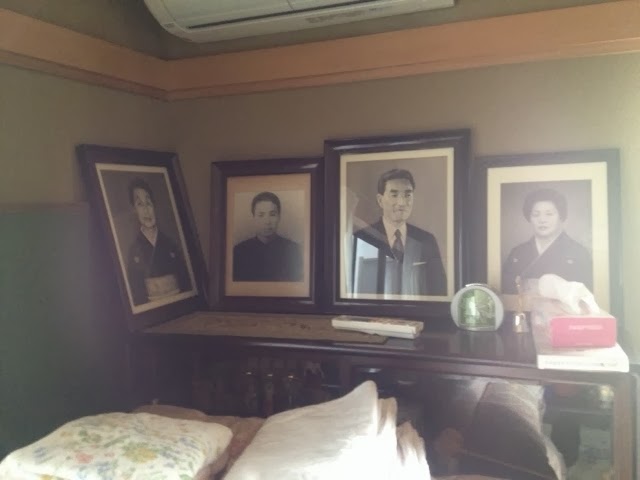
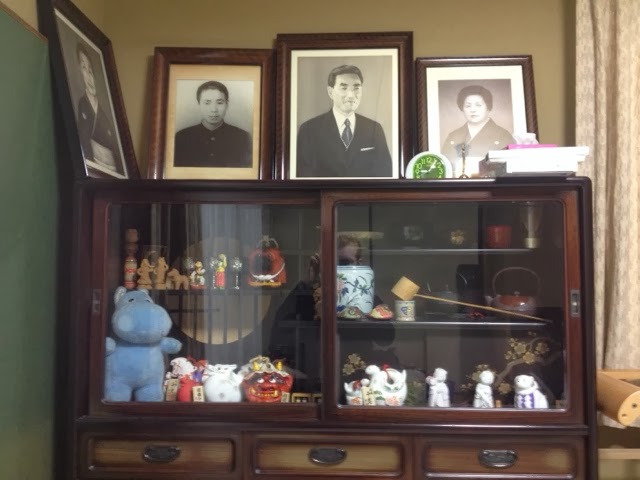
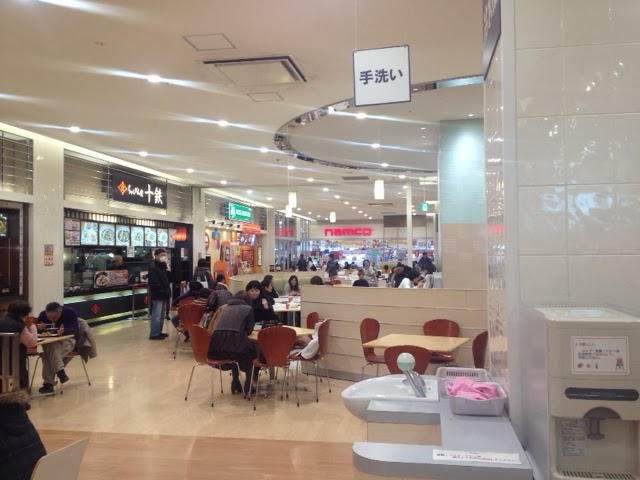

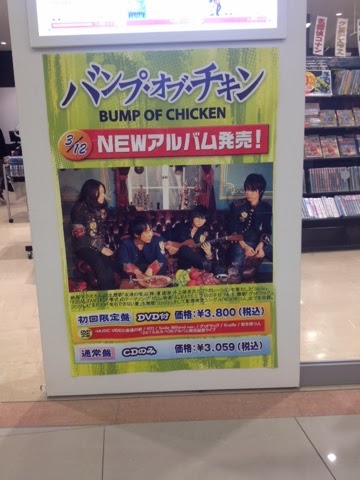
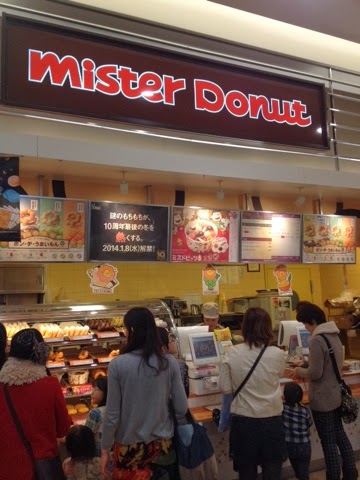

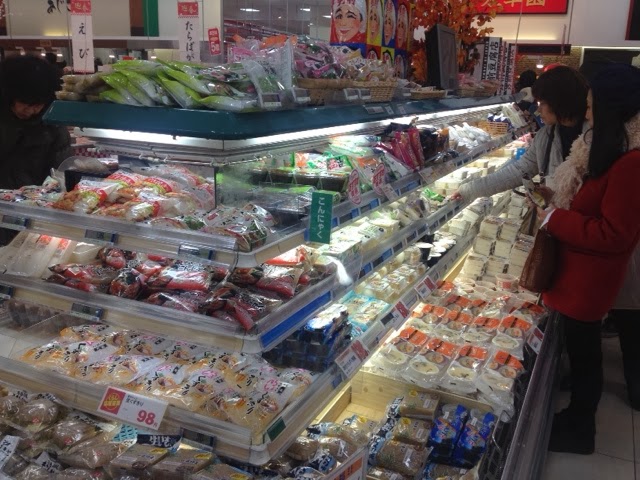
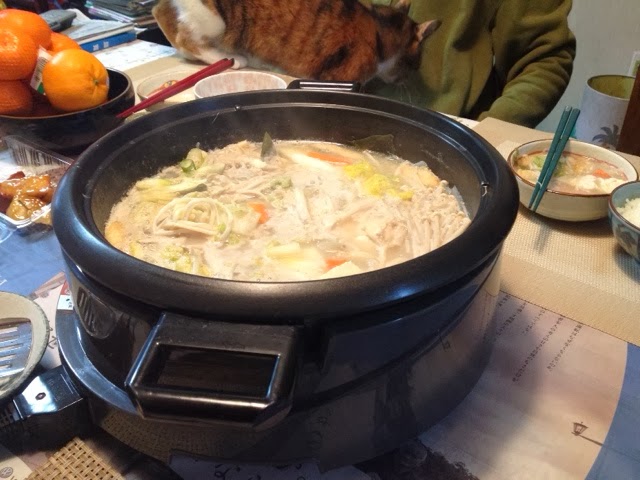
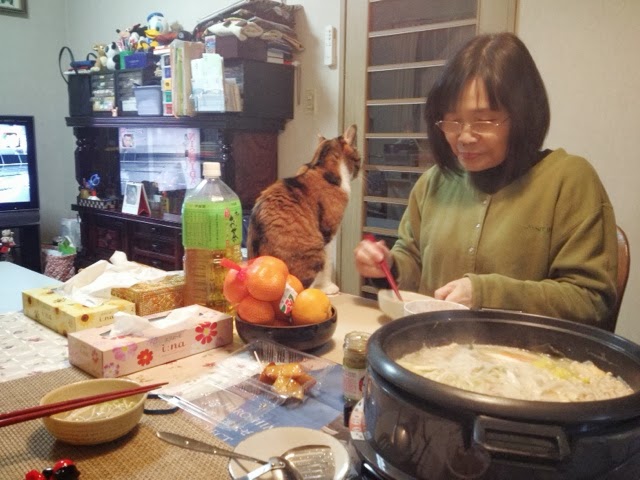
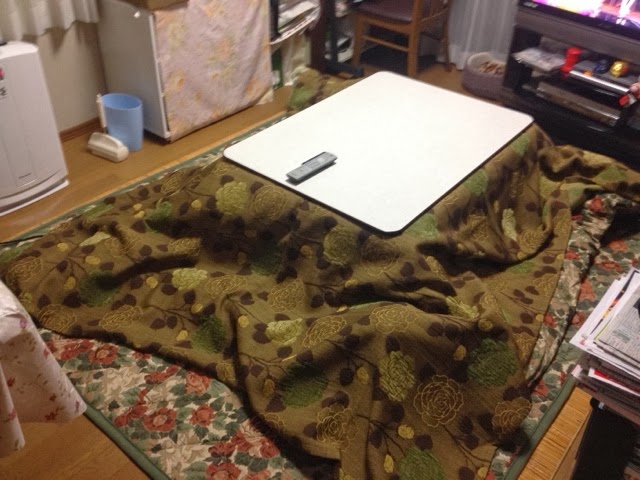
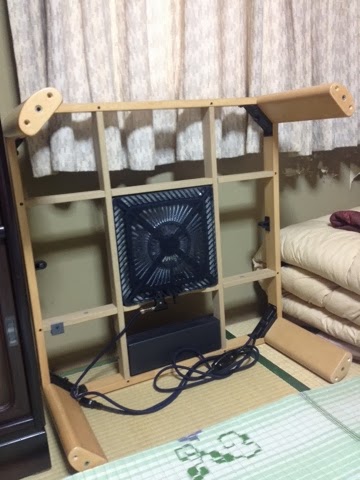
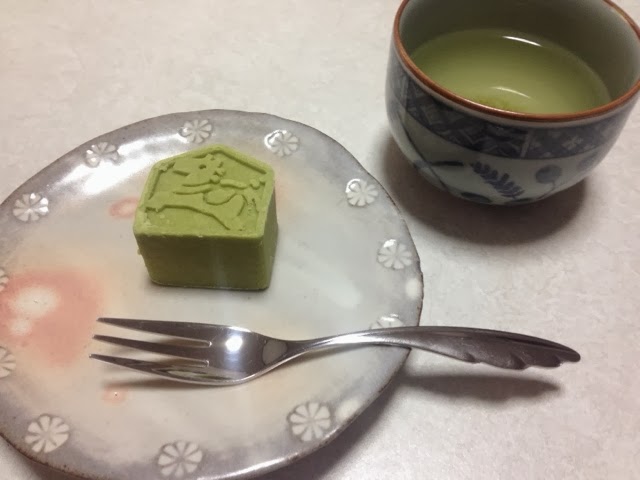
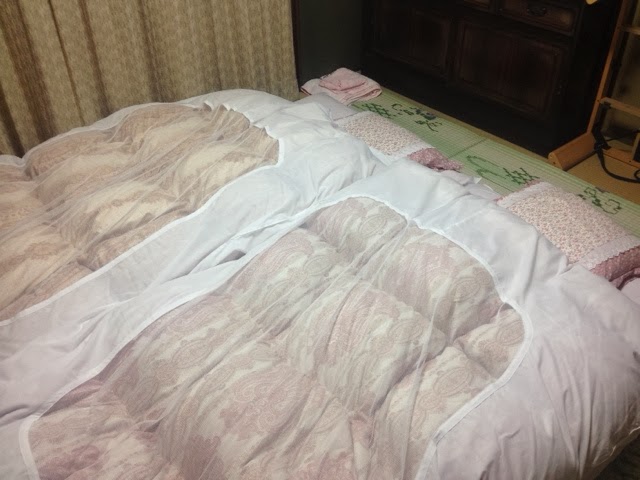
0 comments on “Replica of the Original / Unexpected Forms / Warm in Every Way” Add yours →